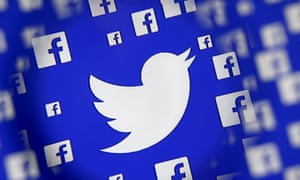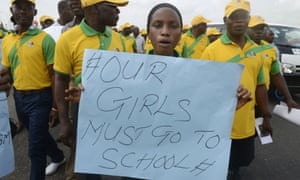A current debate in feminism is whether we are in a post-feminist state: is feminism still needed?
It's important to have your own opinion on this debate and, crucially, be able to support it with reference to feminist theory and current examples.
Feminist theory: key notes
Judith Butler: gender roles
Butler believes traditional feminists are wrong to divide society into ‘men’ and ‘women’ and says gender is not biologically fixed.
By dividing men and women, feminists accidently reinforced the idea of differences between the two genders
Butler believes gender roles are ‘a performance’ and that male and female behaviour is socially constructed rather than the result of biology.
Butler and the media
If gender is a ‘performance’ rather than biological, we then need to think about what is influencing that ‘performance’.
And that’s where the media comes in. How might the media influence our behaviour in terms of gender roles?
Angela McRobbie: empowering women
McRobbie is a British cultural theorist known for her work analysing magazines aimed at women and teenage girls in the 80s and 90s.
McRobbie highlights the empowering nature of magazines such as Cosmopolitan and Glamour, taking a different perspective to traditional feminists.
This idea of ‘popular feminism’ fits into the idea of post-feminism and challenges the radical feminism of the 1970s.
1) How might this video contribute to Butler’s idea that gender roles are a ‘performance’?
The video contributes to Butlers idea of embracing gender roles as she does embody the predominant stereotype placed on women. She is reenacting the social construction of what society expects of her and is highly upset with why its not all working out, therefore mocking the idea of gender roles.
2) Would McRobbie view Beyonce as an empowering role model for women?
To a certain degree, it can be argued that she is it embodying the epitome of the existing status quo of the time, and additionally mocking the set gender roles placed on women. This is evident as she mentions her ability to cook, clean, and also be sexually appealing. As she is mocking women who actually think like this, she is empowering them to explore their worth and see beyond domestic constraints. However she may also be dis empowering women as she is self objectifying her self through sexualising her whole entirety, to something of less value and importance.
3) What are your OWN views on this debate – does Beyonce empower women or reinforce the traditional ‘male gaze’ (Mulvey)?
I believe that her ideology towards the place of women is excellent as they should not be dehumanised to objects however if she could do that without having to sexualise herself would be even better. As i believe that the removal of clothing does not determine your independence or your liberation. Also young women would look up to her and may want to look a certain way which may seem more attractive and appealing(hypodermic needle), diverting them from the real message of the music video.




